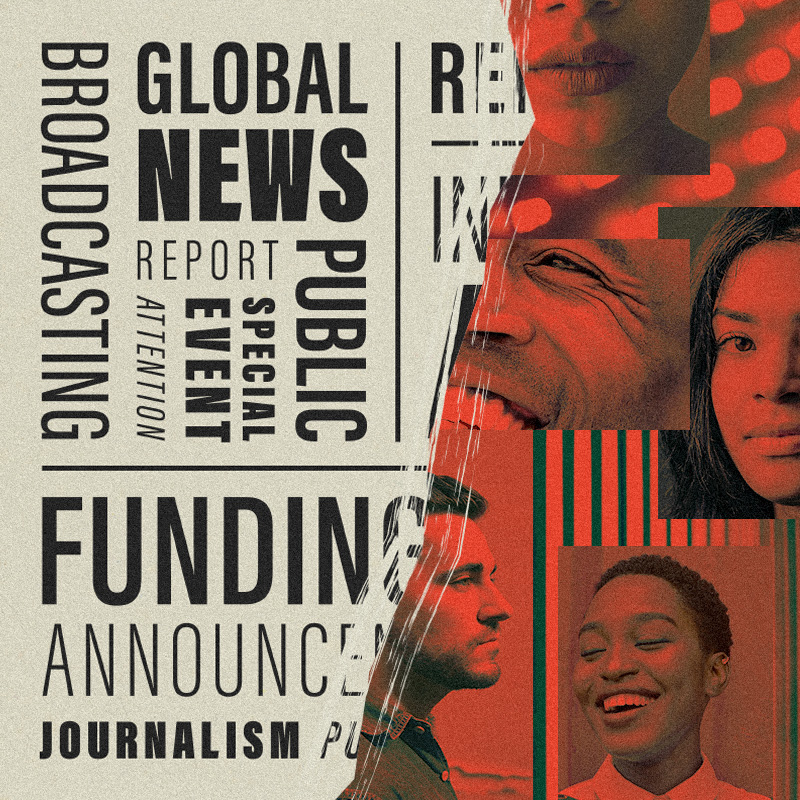Children’s book author Beatrix Potter said of writing, “The shorter and the plainer the better.” In PR, one might edit that to, “Shorter is better.”
Editing what we write to be as clear and concise as possible is an age-old pursuit. This is especially important if you want to grab a reporter’s attention in today’s world of constant communication.
The average human attention span is only 8.25 seconds, which is why it has never been more important to master the skill of editing.
Jordyn Holman, a retail and consumerism reporter for the New York Times, shared why this is so important. “Any journalists’ inbox is flooded with dozens of emails in a given day. For this reason, the emails that catch my attention are those that are relevant to my beat by showing knowledge of the types of companies and themes I write about and are presented in a concise and actionable way.”
Be relevant. Be knowledgeable. Be concise. Be actionable.
Most of us have tried to cut down text, but understanding that email is primarily a visual platform means the look matters just as much as the content.
With 81% of all emails read on mobile devices, you can assume most reporters will read your pitch on their cellphone, making that five to six inches extremely valuable real estate. Use it well and always consider the visual aspect of an email.
When our eyes see long paragraphs in an email, we immediately become uninterested and stop reading. We either delete the email or decide to read it later (aka, never). Pleasantries can be useful, but save it for after the reporter expresses interest.
Here are four visual tips to consider when writing an email that will help you stand out in a reporter’s inbox:
- White space is your friend: White space draws attention to key information that gets lost in longer paragraphs. It gives a reporter the chance to interpret, scan and break down information in a digestible way.
- Above the fold: The more you require a reporter to scroll, the more likely they’ll move on to the hundreds of other emails in their inbox. If you absolutely need to, make them scroll only once. All the information you need to share should be able to fit within that 5 to 6 inch window of a mobile phone. Additional information can be sent once you have secured interest from the reporter.
- Bullet points: Putting important information or relevant details in bullet points makes information more digestible and easy to reference. It allows you to call out key commentary or quotes that might be of interest. Consider putting your bullet points separate from the body of the email so that they can be easily pulled out by a reporter.
- Limit over-stylized Text: Underlining, bolding or italicizing the text within an email is often overdone and can be visually distracting. Limit the use of these style tools to highlight an important stat, question or quote that you want to draw attention to, but don’t overdo it. Over stylized emails can be visually hard to process.
To make sure these tips work, send the pitch to yourself via email first and check how it looks on your phone before asking yourself a few questions. What would this look like to a busy reporter? Can I shorten the subject line and make it more catchy? Is everything in there relevant and crucial information or can I edit more? Remember, editing is a never-ending process. When writing an email to a reporter remember to be as short as concise as possible and to use white space to your advantage. This will help you stand out in a reporter’s inbox, the same way Beatrix Potter stands out in children’s literature.







